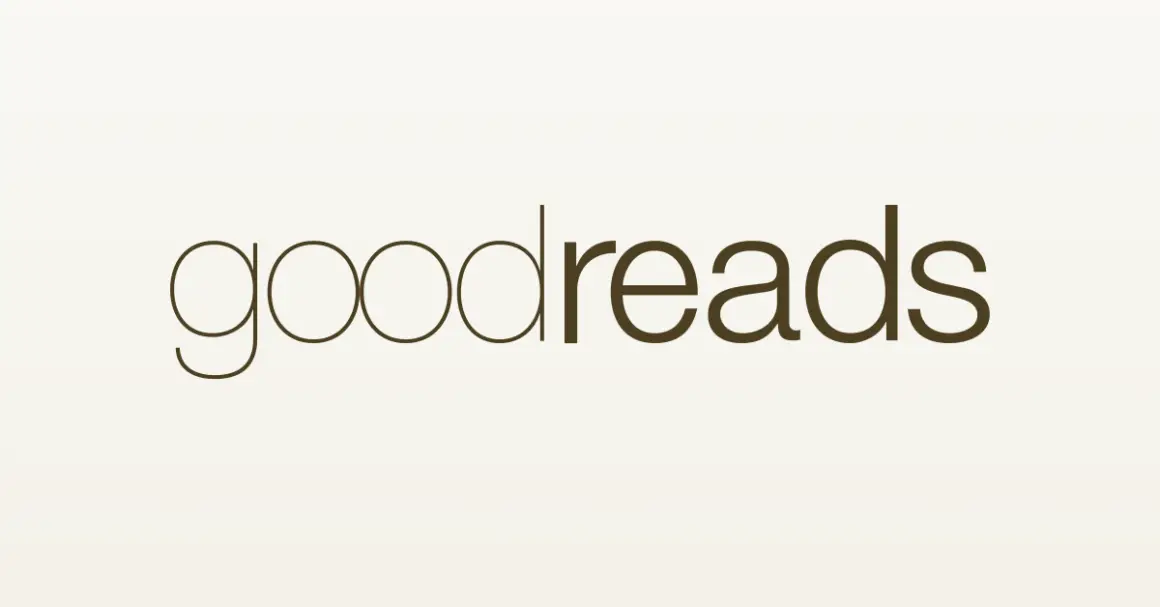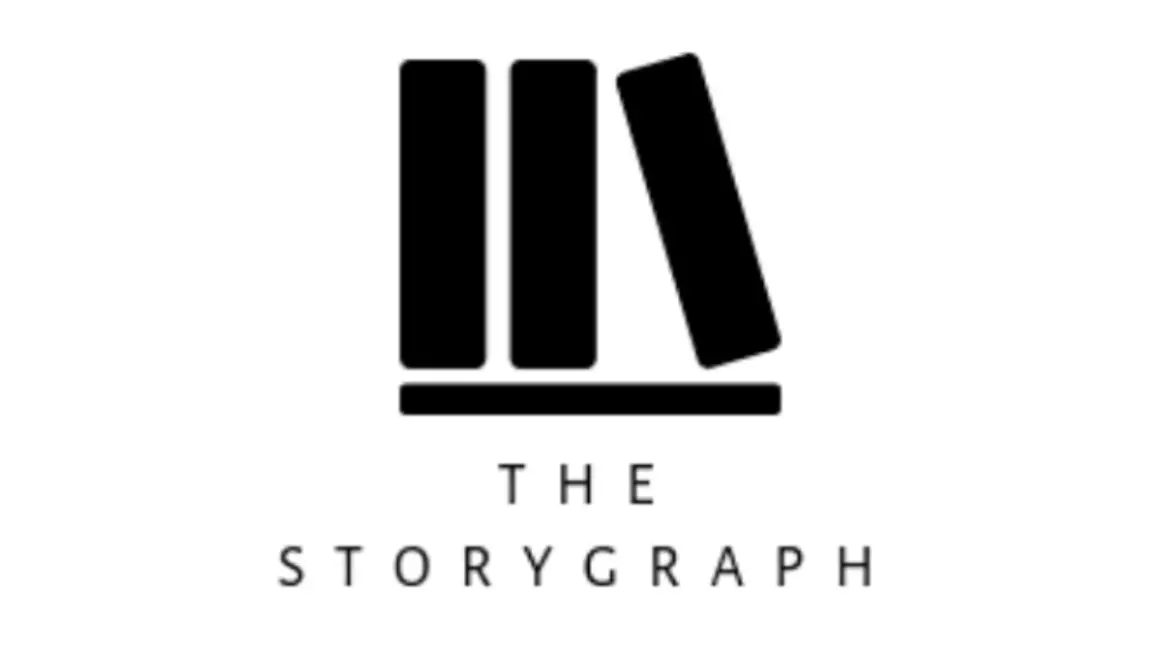If you’re a reader, you are probably well familiar with Goodreads. Since 2006, Goodreads has been the most popular and widely used platform for readers to track what books they have read, books they want to read, and a way for them to connect with fellow book lovers. Other book platforms similar to Goodreads have popped up over the years, but none have been able to compete with the popularity of Goodreads. Until now. The closest competitor to Goodreads has emerged and its name is Storygraph. Storygraph debuted originally in 2019 as an app to track reading lists, but it has since become so much more.
Like Goodreads, Storygraph allows readers to track books they are reading, books they have read, and books they are planning to read. Storygraph has only been around for three years, but it has quickly become a new fan-favorite among readers. For many reasons, readers have been searching for an alternative to Goodreads for years now. Storygraph is finally the formidable opponent for Goodreads that readers have been waiting for. There are pros and cons to both platforms, but depending on what you’re looking for as a reader, you may prefer one platform over the other. To know which one suits you the best, these are the pros and cons of Goodreads and Storygraph.
Pros of Goodreads
- Tracking Your Books – This is the main feature people know Goodreads for. It’s their bread and butter. It’s the feature readers ultimately join Goodreads for. Instead of keeping a book journal or a spreadsheet, Goodreads allows readers to keep track of every book they have ever read. Users can add the date they read the book, when they finished it, etc. This is the best and most useful feature Goodreads offers.

- Social Interaction – Goodreads as of 2019 reportedly hosts over 90 million users. With that many users, it’s easy to find a community on Goodreads. You can find users that share your preferences in books. There’s plenty of social interaction happening on Goodreads if that’s what you’re looking for.
- Goodreads’s Reading Challenge – There are differing opinions about Goodreads’s Reading Challenge, but I find that the challenge motivates readers to read more throughout the year. As long as readers don’t put too much pressure on themselves to read more than they can, it’s a fun feature to use.
Cons of Goodreads
- Goodreads Is Owned By Amazon – In 2013, Goodreads was acquired by Amazon. It was yet another case of Amazon buying their competition instead of wanting to compete with them. Goodreads went from being owned by passionate book lovers to Jeff Bezos, a billionaire who does not care about the platform. The acquisition felt like a death knell to Goodreads.
- The Platform Is Outdated – Goodreads launched in 2006. It unfortunately still looks like it’s from 2006. There have been little to no updates to the website in years. It’s almost unusable. There are no signs it will ever be updated. Goodreads is the most popular book platform and Amazon feels like they don’t need to update it because people will use the platform anyway.
- Doesn’t Allow Users to Use Half Stars – One of the biggest complaints from users on Goodreads is that the website doesn’t allow half stars. If users want to rate a book half a star lower or higher, they have to mention it in their review. It’s frustrating because half stars can more accurately portray how readers feel about a book, but they have to settle with rounding their rating up or down.
- Review Bombing – There have been multiple instances on Goodreads where readers will bombard a book with negative ratings despite not reading the book. These negative ratings lower the average rating of the book and Goodreads does nothing to fix this. There’s nothing ever done to stop review bombing from happening. Authors simply have to accept it and hope readers will still pick up their books even if it has a low average rating.
Pros of Storygraph
- Offer Personalized Recommendations – The biggest selling point of Storygraph is that they give personalized book recommendations. One of the first things you will do as a user is filling out information about your reading preferences. From there, Storygraph will offer you a list of book recommendations based on your preferences. It’s a neat feature and a nice way to find books you otherwise wouldn’t have found.

- Includes Detailed Statistics – Another selling point of Storygraph is that you can find detailed statistics about what you read. Compiling data from all the books you have read, Storygraph will give you statistics about the average amount of pages you read, the genres you most read from, the moods of your books, the pacing, and more. I always love looking through these statistics. I’m always finding something new about my reading taste.
- Created and Owned by POC – Storygraph is independently owned by Nadia Odunayo, a black software engineer. It’s always a good idea to support companies that are owned by minorities. It encourages more minorities to start their own businesses and companies. Plus, you can feel good about yourself that you are supporting owners who are actually putting an effort into their company.
- Allows Half Star Ratings – Storygraph, unlike Goodreads, allows readers to rate books with half stars. They even take it one step further by letting users rate books with either 1/4 stars or 3/4 stars. This feature helps readers more accurately represent their rating and helps the average rating of the books.
- A Sleek Interface – Storygraph’s interface is a huge improvement over Goodreads. It looks sleek and it’s easy to navigate. It is very aesthetically pleasing to look at.
- Goodreads Integration – If you are worried about the process of switching your Goodreads data over to Storgraph, don’t be. There’s a feature on Storygraph that allows you to import your data from Goodreads to their website. Depending on how much data you have, it may take a couple hours for it to fully import. Mine took less than an hour and I had over 200 books and several reviews attached to some of them. It’s an easy process and helps with the transition from Goodreads to Storygraph.
Cons of Storygraph
- The Plus Plan – Storygraph is independent and ad-free, so they make money off their Storygraph Plus plan. In this plan, you get even more advanced statistics about your reading patterns, unlimited book recommendations, a chance to find similar users to connect with, and more. Although you do not need to purchase Storygraph Plus to enjoy Storygraph, some people may dislike having to pay $4.99 a month to unlock certain features on the website.
- It Takes Time to Adapt To – A complaint of Goodreads is that it is too simple, Storygraph does not have that problem. Many people who are new to Storygraph may become overwhelmed with the website. There are a lot of features to adjust to. But once you do, it becomes less overwhelming and easy to use.
- Little Social Interaction – This is probably the biggest downside to Storygraph. There is little social interaction on the website. There is no real way to engage with other users like you can with Goodreads. This could always change. Storygraph is still new and is always updating, but right now the little social interaction it has is a negative.
Verdict
As someone who has used Goodreads since 2018, I have both loved and hated my time on the platform. On one hand, I love the community of readers on the platform. It’s the biggest way to interact with fellow book readers and discuss the books we have read. On the other hand, I have become frustrated with the platform for all the cons listed above. It could be so much better than what it is. Unfortunately, I don’t foresee Amazon doing anything with the platform to improve it. So, it feels like we are stuck at a standstill using Goodreads, but we don’t have to be.
If Goodreads isn’t going to make its website/app better for its users, then why not join a book platform that will? Storygraph is not perfect, but it’s a huge improvement over what we have right now with Goodreads. With new users joining every day and helping the platform grow, Storygraph will only continue to get better. Storygraph won’t be for everyone, but it is a great alternative to Goodreads. My final verdict is that if you’re looking to use a book platform because you want to interact with fellow book lovers, then Goodreads is for you. But, if you want a book platform that gives you a bit more in the way of statistics and recommendations, Storygraph is the way to go.
